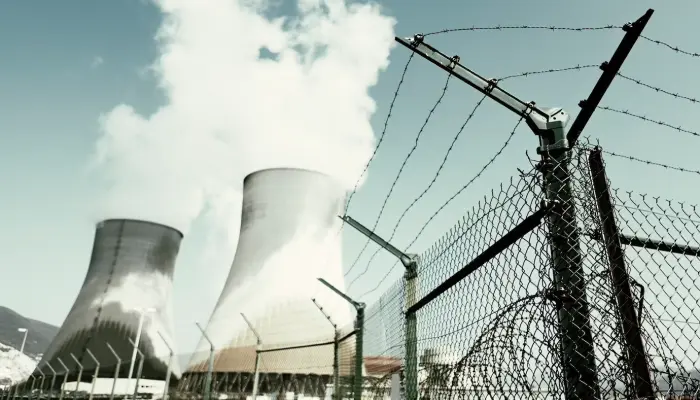
Impacts of Biomass Burning in Peninsular Southeast Asia on PM2.5 Concentration and Ozone Formation in Southern China During Springtime—A Case Study
Abstract
Biomass burning (BB) affects fine particulate matter (PM2.5) concentration and ozone (O3) formation by emitting gaseous precursors and primary aerosols. The Impacts of BB in peninsular Southeast Asia (BB-PSEA) on PM2.5 concentration and O3 formation in southern China are evaluated using a source-oriented WRF-Chem model to simulate an air pollution episode from March 21 to March 25, 2015. The source-oriented model separates the emissions from BB-PSEA
and other sources and can evaluate the effects of aerosol-radiation interactions (ARIs) and aerosol-photolysis interactions (APIs) from BB-PSEA. Comparisons with observations reveal that the model performs well in simulating the air pollution episode. Sensitivity experiments show that BB-PSEA increases PM2.5 concentrations on the regional average by 39.3 μg m−3 (68.0%) in Yunnan Province (YNP) and 8.4 μg m−3 (24.1%) in other downwind areas (ODAs) in southern China, including the provinces of Guizhou, Guangxi, Hunan, Guangdong, Jiangxi, Fujian, and Zhejiang. PM2.5 enhancement is mainly attributed to primary aerosols in YNP and to secondary aerosols in ODA. BB-PSEA increases O3 concentrations by 18.1 μg m−3 (19.4%) in YNP and decreases O3 concentrations by 3.7 μg m−3 (5.3%) in ODA. The O3 increase in YNP is attributed to the gaseous emissions of BB-PSEA, and the O3 decrease in ODA is caused by the effects of ARI and API from BB-PSEA. NH3 emissions from BB-PSEA play a key role in enhancing secondary inorganic aerosols in southern China and determining increases in PM2.5 concentrations in ODA.
